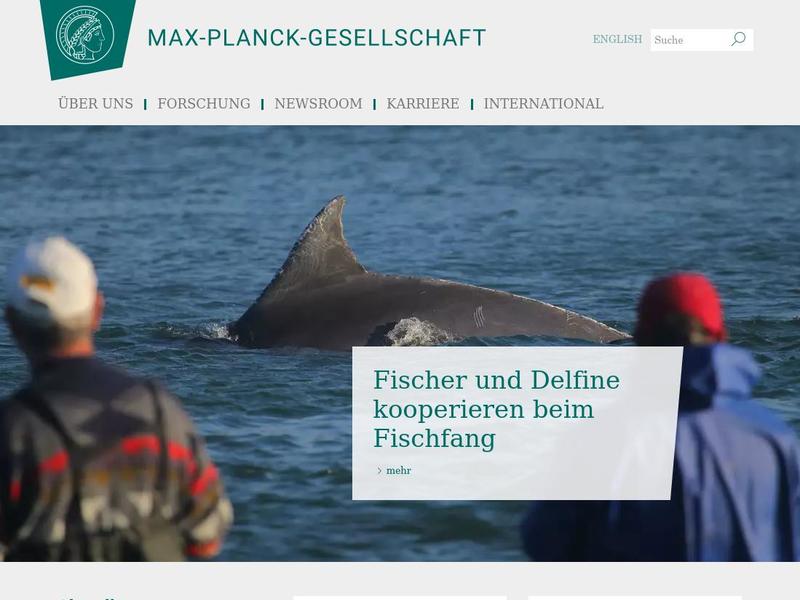Time measurement without a stopwatch | Max-Planck-Gesellschaft https://www.mpg.de/12482407/time-measurement-without-a-stopwatch
The electronic charge oscillation driven by strong laser pulses can be reconstructed simply from a single recorded absorption spectrum. No pump or probe pulses as start and stop events are required.
Birk, C. H. Keitel, I. Březinová, J.

